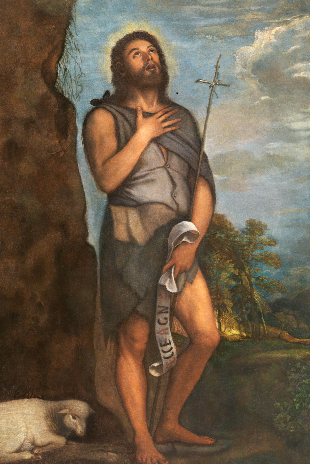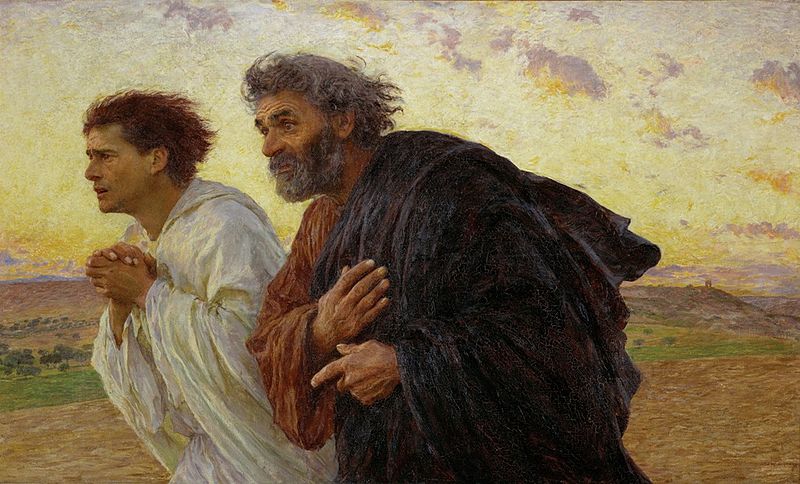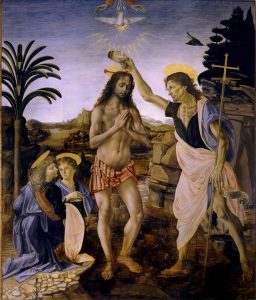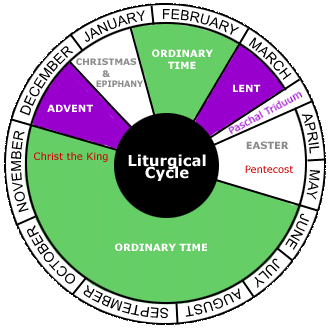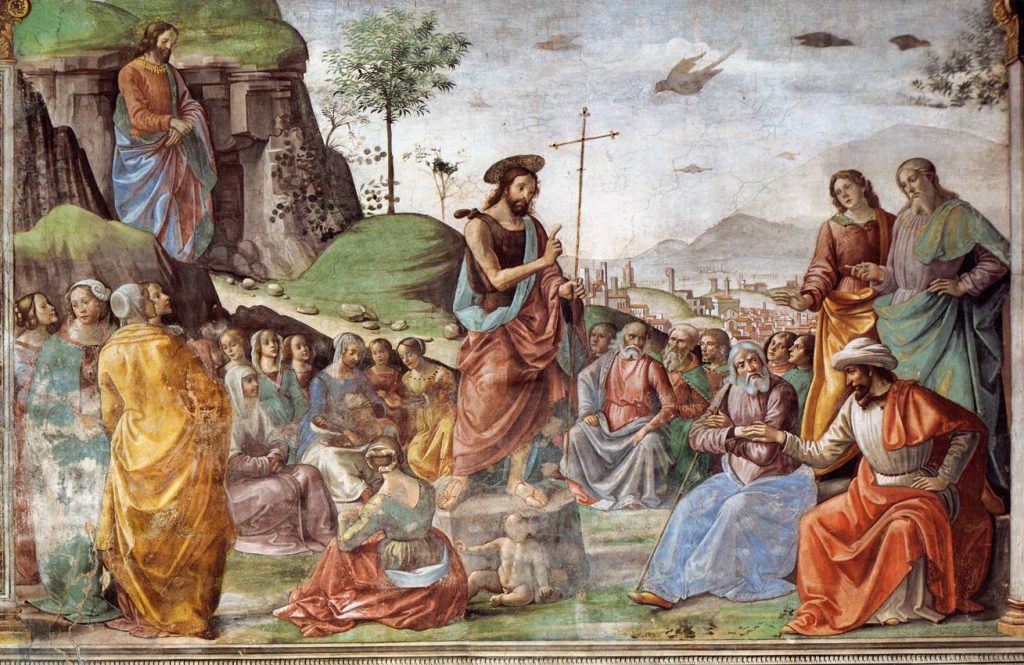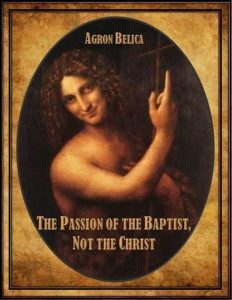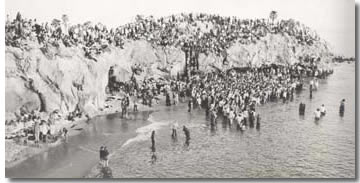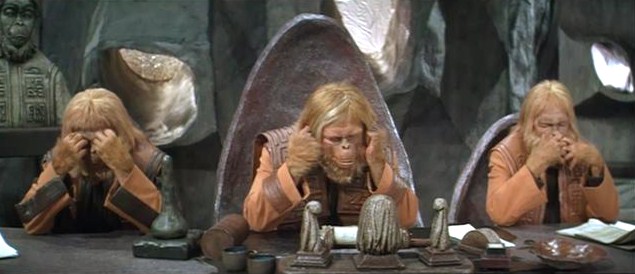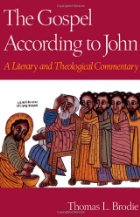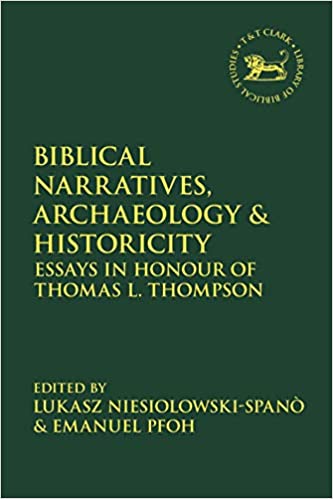
The first part of this review is at https://vridar.org/2020/08/25/biblical-narratives-archaeology-historicity-essays-in-honour-of-thomas-l-thompson/
. . .
Continuing the section Part 2. History, Historiography and Archaeology . . .
Jesper Høgenhaven’s chapter explores evidence in the Qumran texts for how Second Temple Judeans thought about the Biblical writings. We can be puzzled by the way biblical passages were joined to one another to create new texts (Thomas Thompson, Høgenhaven informs us, spoke of a ‘Copenhagen Lego hypothesis’ with regard to 4Q175). An early quotation in the essay jumped out at me since it addresses the basic method of gospel interpretation by Maurice Mergui and Nanine Charbonnel whose books I have been discussing on this blog. (I will be returning to them both in coming months.)
The late Philip R. Davies made the following pointed remark on scholars striving to collect the elements necessary for writing a ‘sectarian history’ based on Qumran scriptural commentaries (pesharim):
The first direction in exegesis of the pesharim must always be towards their midrashic function, for until we understand how these commentaries work – and that means as midrashim – we have no warrant to plunder them for historical data, especially given that (a) no continuous tradition can be established as lying behind them and (b) where they do contain – as we know that they do (I think in particular of 4QpNah) – some historical information, any kind of plausible analogy we could invoke would warn us that it will be mixed up with invention, will be distorted, garbled and anachronistic. (Davies 1989: 27-8)
(pp. 101f. The Davies 1989 link is to the Open Access book at Project Muse)
Amen. I recall Liverani’s observation about lazy historians running with a narrative that looks like history without too much second thought. Investigating the genre of a source ought to be the first priority of any historical inquiry.
So Høgenhaven surveys the way Israel’s past is utilized in various Qumran texts. He concludes that there is little conceptual difference between myths of ancient times and recent historical experiences. Metaphor and history are blurred in a way that it is not always obvious to modern readers which is which. Stories are rewritten, reinterpreted, rationalized, expanded, and commented upon as their functions vary over time. History is salvation history (“or ‘perdition history’), and along with its dualistic motifs, discerning what texts meant to readers at any particular time can be a challenge. Høgenhaven’s concluding reference to “renewed and repentant ‘Israel’ or the faithful and obedient remnant of Israel” as a stock identifying motif for the creators of the texts and their audiences links up with a dominant theme in Thompson’s The Mythic Past.
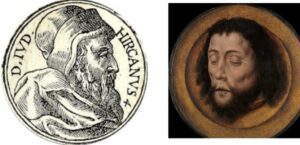
Next essay is by Gregory L. Doudna, another scholar some of whose work (especially on Qumran and the DSS) has been addressed here. This time Doudna takes on the passage about John the Baptist in Josephus’s Antiquities of the Jews. After having read a variety of cases for the passage being an interpolation by a Mandean or Christian hand and other suggestions that the passage is definitely Josephan but straining at ways to reconcile Josephus’s chronology with Jesus, I learn now that there is yet another possible explanation for the various curiosities raised by the account. I admit I approached this chapter with some scepticism but by the time I had finished had to concede that I think Doudna makes a very good case that Josephus’s John the Baptist report is “a chronologically dislocated story of the death of Hyrcanus II”:
In the same way [as another apparently dislocated account], Josephus’s John the Baptist story reads as a doublet or different version of Hyrcanus II chronologically dislocated to the time of the wrong Herod. In this case Josephus did not place the two versions of the death of Hyrcanus II close together in the same time setting as in some of the other cases of doublets. If Josephus had done that, the doublet in this case would have been recognized before now. Instead, Josephus mistakenly attached one of the traditions of the death of Hyrcanus II to the wrong Herod, just as he separately mistakenly attached documents to the wrong Hyrcanus. (p. 132)
I hope to discuss Doudna’s chapter in more detail in a future post.
The next chapter by Jim West is a “re-evaluation” of
the book by Thomas Thompson titled The Messiah Myth: The Near Eastern Roots of Jesus and David and discusses the appropriateness of his methodology, the correctness of his interpretation, and the continuing importance of his contribution on the topic of the historical Jesus. (p. 138)
West laments the lack of more general scholarly interest in The Messiah Myth given that it has, he claims, been taken up by
an army of ‘Jesus Mythicists’ who latched onto Thompson’s work as support for their view that Jesus actually never existed and who were bolstered by Thompson’s book. (p. 139)


